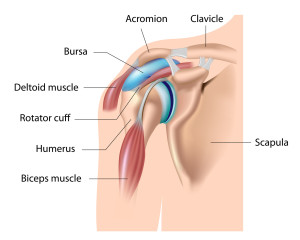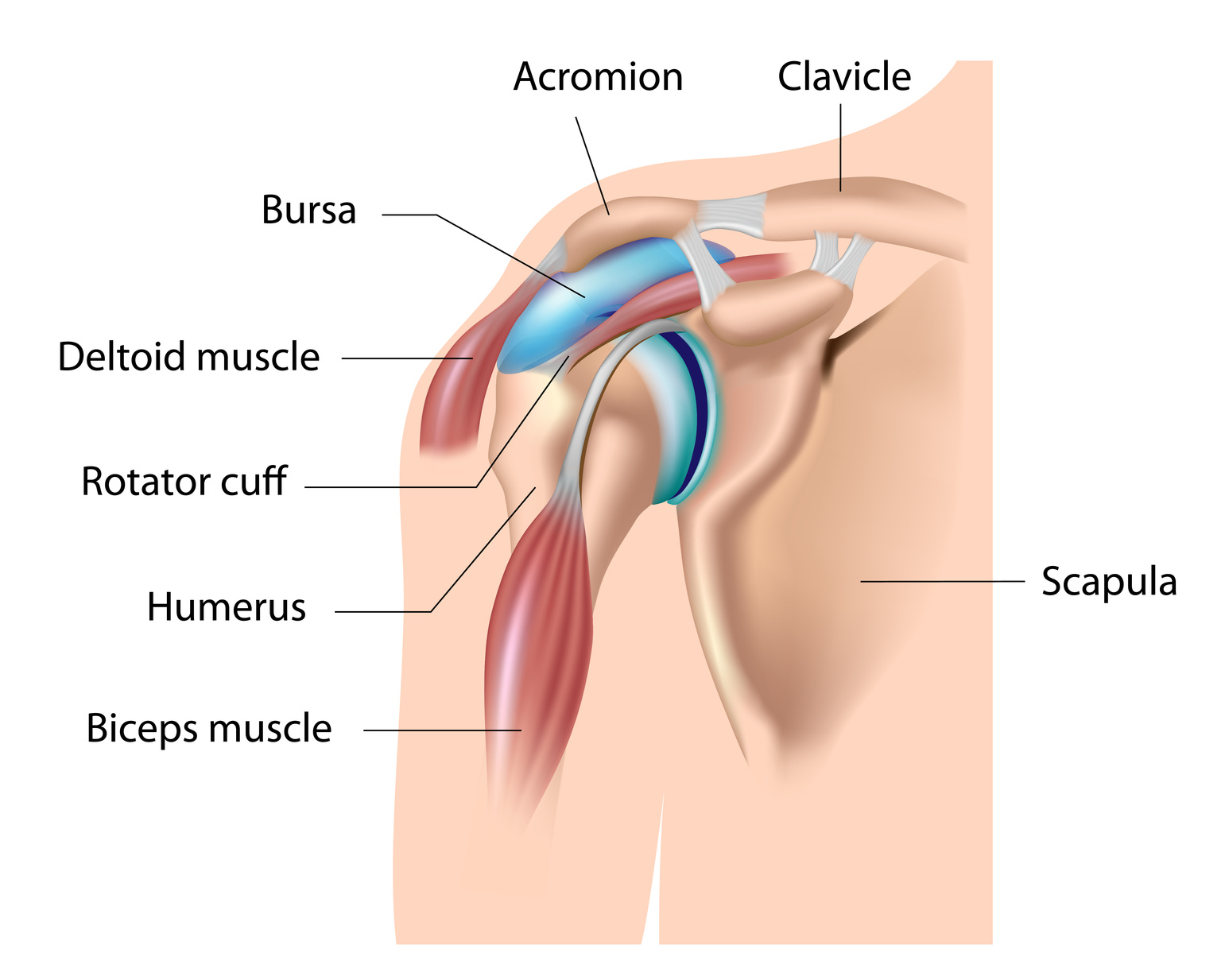 Rotator Cuff Injuries = ouch!
Rotator Cuff Injuries = ouch!
You know where it’s located, but do you really know what your rotator cuff does? Let’s define the makeup of the shoulder joint, talk about some common shoulder ailments, and finally explore inform you on different treatment modalities available to help shoulder dysfunction.
What is the rotator cuff?
The rotator cuff is comprised of 4 different muscles that work to stabilize the humerous (your upper arm) inside the glenohumoral joint (shoulder). Picture the glenoumoral joint as a golf ball sitting on a tee, as it depends on muscles rather than ligaments and bones for stability and movement. These muscles all have their origin on the scapulae (shoulder blade) and insert, or attach, on the humerous. In addition to stabilizing your shoulder joint, they also help elevate and externally rotate it. The muscles and their tendons form a “cuff” over the upper end of the arm.
Symptoms of a rotator cuff injury
Symptoms of a rotator cuff injury or overuse may develop immediately after trauma, such as a fall on an outstretched arm or a lifting injury. Many times a sudden acute pain and snapping sensation accompany the injury, and are followed by muscle weakness. Symptoms may also develop gradually with long-term wear or repetitive activity.
The pain will generally begin with overhead activities, but may become more noticeable at rest as time goes on. Sleeping on the affected side often becomes uncomfortable. Individuals that are at a higher risk of getting an overuse injury of the rotator cuff may be involved with baseball, tennis, or weight lifting as these activities utilize repetitive overhead motions.
How rotator cuff injuries happen
A rotator cuff injury includes any type of irritation or damage to your rotator cuff muscles or tendons. Many times the cause of a rotator cuff injury includes lifting or repetitive arm activities — especially those done overhead, such as throwing a baseball or placing items on overhead shelves. While these activities many times see more immediate pain, patients more commonly present to my office with shoulder pain that came on slowly.
Many times the particular activity that aggravated the shoulder isn’t obvious. Because of this, these injuries are harder to treat as the patient doesn’t know which activity to stop during treatment.
Here are some activities that commonly lead to a repetitive injury.
1. Working with a mouse.
While most assume carpel tunnel is the only injury related to mouse work, this couldn’t be further from the truth. The right shoulder is forced to round forward if your workstation isn’t set up to accommodate for your size. I find that employees are placed in cubicles that are termed “one-size fits all”, and either can’t reach the floor or can’t rest their lower back on the chair while typing or using the mouse. Due to this increased stress is placed on the shoulders and upper back and over time can lead to overuse injuries such as tendonitis or bursitis, commonly known as inflammation of the tendons or bursa in the shoulder. Muscles attach to bones via tendons, so increased tension in the muscles is a common predecessor to tendonitis. This can be avoided by taking time to stretch throughout the day. If you work in a large company, they may have an ergonomics expert available to come evaluate you in your workstation.
2. Heavy lifting.
Most people are aware of proper lifting techniques to avoid a lower back injury, but may not realize that safe practice for the shoulders is also essential. Carrying a box closer to your core places less stress on your shoulders. Getting assistance from a coworker when lifting something high decreases your chance of injury. This also decreases the chances you will injure your neck due to increased strain. A strain or tear may be the result of lifting something too heavy.
3. “Weekend warrior syndrome”
While I support all attempts at fitness and improving health, there are some restrictions that need to be kept in mind when it comes to working out. If you are extremely busy during the week and can only fit workouts in on the weekend, don’t attempt to fit a week’s worth of exercise into 2 days unless you want to risk injury. A simple solution is to squeeze in some pushups or simple exercise moves such as squats or lunges into your routine during the week. Squats while brushing your teeth, lunges when picking up the house, or abdominal exercises while watching television all take no extra time, but can help you improve your strength and decrease the chances of injury when you do have time to get to the gym.
So what else can you do when stretching or icing isn’t enough? Come by for a visit and we’ll help you out.
.
Questions about how chiropractic can help you feel better?
Call our Tempe chiropractic office for a consultation: (480) 440-4511
.
DISCLAIMER: This article is for informational purposes only, and does not take the place of an evaluation. For proper medical advice, see your chiropractic physician or medical doctor before determining what type of self care works for you.
Dr. Bobbie Bennett works with patients of all ages and walks of life. She enjoys helping her patients find freedom from pain and gain increased mobility so they can live their life without limitations.


